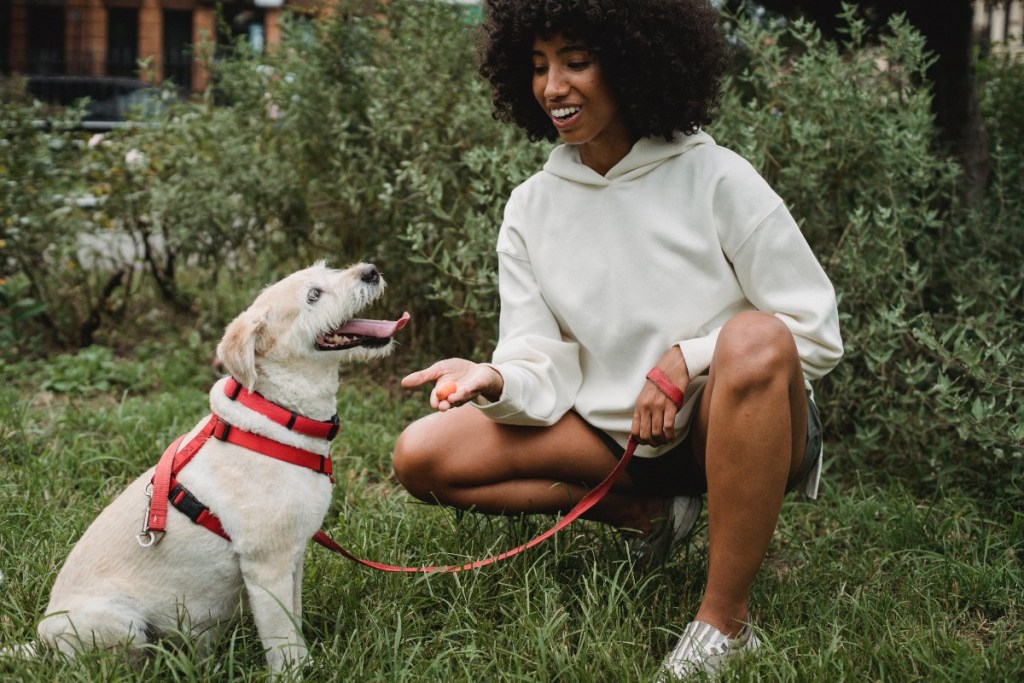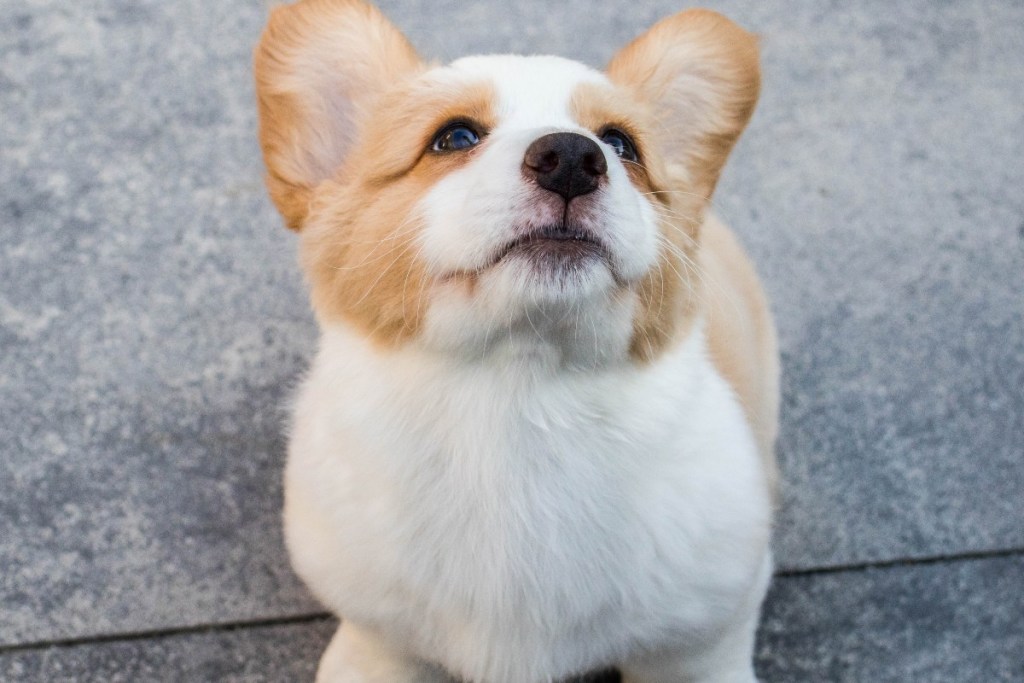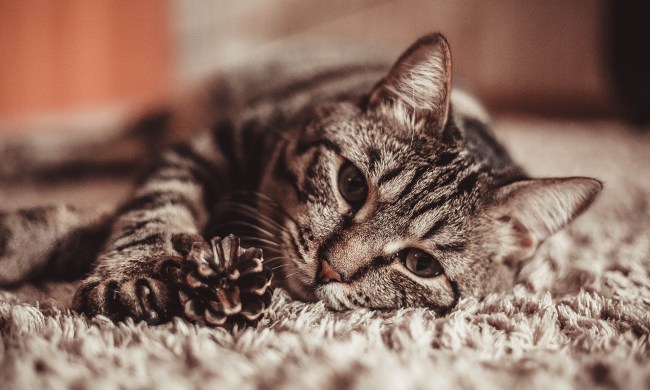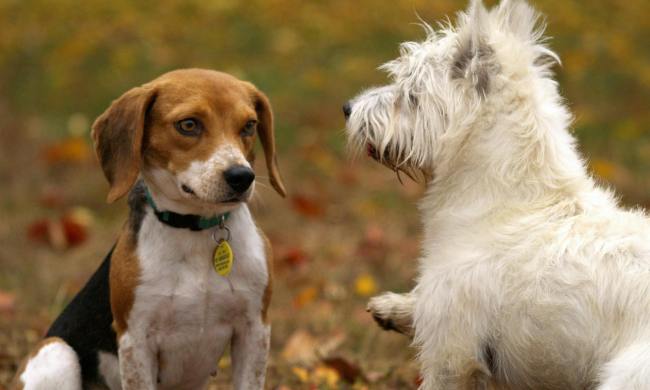Puppies love to learn. It’s why they sniff your hands and couch and romp around your home, exploring every inch of their new space to find the comfiest spots to nap and play. At some point, it’s essential that pet parents begin a more structured puppy obedience training regimen. Training your puppy can be a bonding experience, and it helps build confidence and reduces the number of pups re-homed or returned to shelters. The experience should always be a positive and fun one. It’s not about changing a pet’s playful and curious demeanor but putting them in the best position to succeed and live a safe and healthy life.
For example, a dog who learned how to “stay” and “wait” is less likely to run into the street. Training a puppy by yourself can be overwhelming, but it doesn’t have to be. Consider this your lesson plan for puppy obedience training.

When to start obedience training for puppies
The earliest you’ll be able to bring a puppy home is eight weeks. That might seem too young to start training, but experts at VCA Hospitals suggest you begin puppy obedience on day one. You’ll just want to keep it simple at first, sticking to basic commands like “sit” and “stay.” Formal obedience training can start around six months.

How do you teach a puppy to be obedient?
Each puppy has a unique personality and will catch on to certain aspects of training right away while needing help with others. However, there are a few common pieces of advice trainers and vets typically offer.
Be patient and positive
Think about your experiences in school. How did you best learn? Did scolding teach you anything, or were you at your best with positive and patient teachers? Your puppy also needs the same patience and encouragement. These commands may seem simple to you, but they are brand new to your pup. Using rewards and plenty of praise will increase your bond and make her eager to listen to and please you.
Keep your eye on the clock
Because puppies have short attention spans and can be easily distracted, it’s best to limit training sessions to five minutes three times per day. That’ll give you plenty of opportunities to teach new skills and practice old ones, but your puppy won’t get bored or frustrated in the process. Try to end each session with your puppy nailing something, so you can give her a treat and make her excited for the next positive training session.
Consistency is key
Puppies thrive on consistency and routines. Remember, they’re still learning what words mean. If you say “stay” during one session and “wait” the next, the pup will get confused. Use the same commands each time. At first, you should also accompany a command with a treat. Then, follow up with a secondary reinforcer, such as “Good dog” or a pat on the head.
Say the command once and treat your dog. Common first commands include:
- Sit
- Stay
- Leave it
- Come
As time goes by, you’ll be able to introduce other important skills, like not pulling on a leash, as well as tricks, such as rolling over.
Mix it up
Though consistency with words and treats is essential, you want your puppy to be adaptable. The rules, such as leaving food instead of picking it up, will apply whether you are at home or having a picnic lunch in the park. Take your puppy to different places, like parks, beaches, and friends’ homes, and work on skills there.
Wean from treats
As much as your puppy loves treats, eventually, it will be time for him to understand he doesn’t get food for everything. When your puppy is consistently mastering a command, vary the frequency with which you give a treat. Always tell the puppy, “Good dog,” or pat him on the head. Ultimately, your fur baby wants to please you, so praise is just as good as a treat.
Work through kinks
Training a puppy is a journey that’s about progress, not perfection. There will be ups and downs, and that’s OK. Remaining patient and continuing to treat should help. You can also enlist the help of a vet or trainer if you and your pet need extra support.
In conclusion
Puppy obedience training is a process, but it should be a fun one for you and your new pet. Stay positive and reinforce good behaviors with plenty of treats and praise. Dogs love to please their humans, so establishing yourself as a caring pack leader will enhance the trust and bond between the two of you. Puppies are brand new to the world and your home, so keep training sessions short to avoid overwhelming them. Simple commands, like “sit,” “stay,” “leave it,” and “come,” can be taught as early as eight or nine weeks. Use the same words each time, but mix up the environment, so your puppy knows you’re leading the way regardless of where you’re hanging out. Eventually, you’ll be able to wean your puppy from treats—your love and praise will be all she needs.



